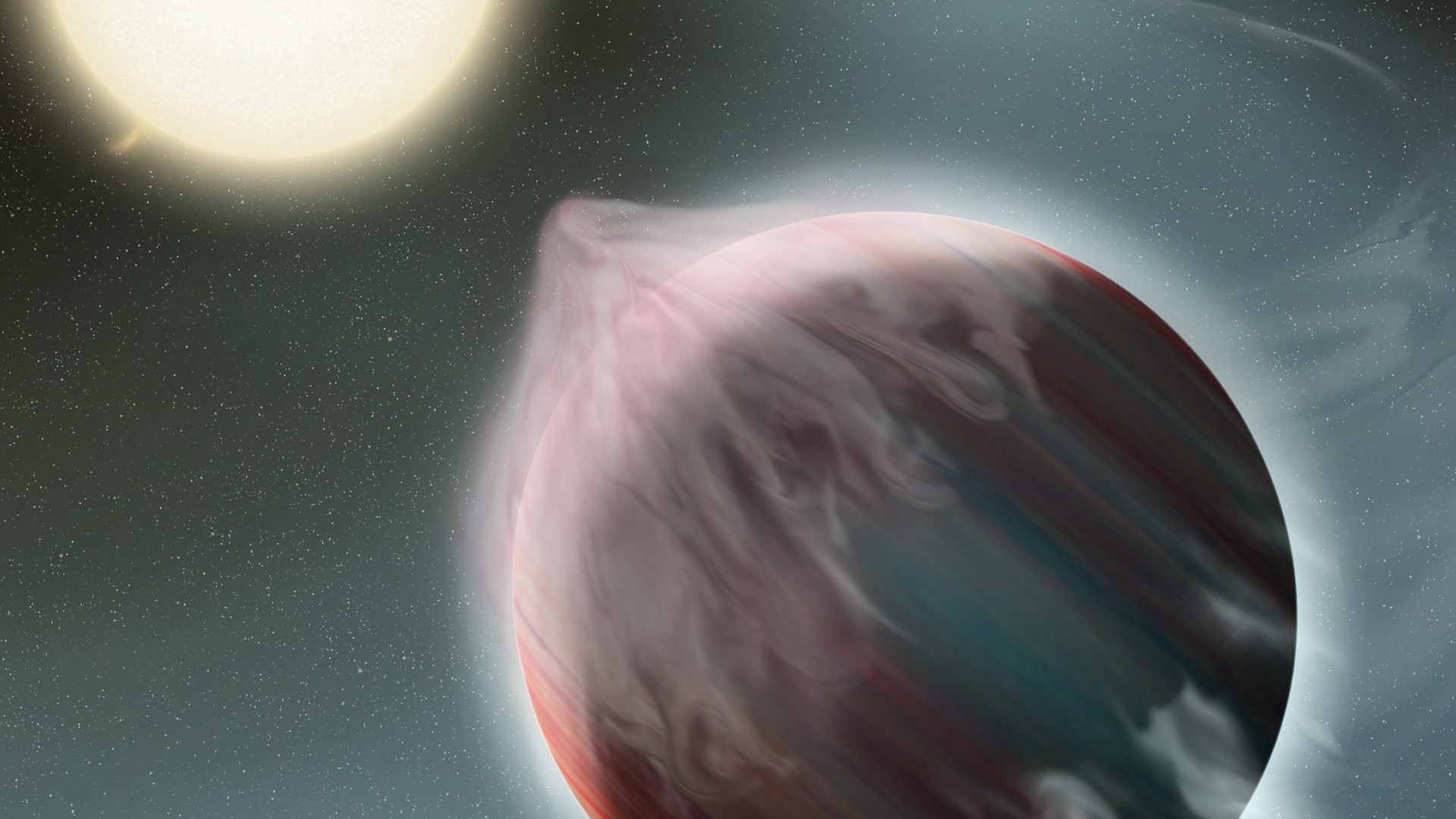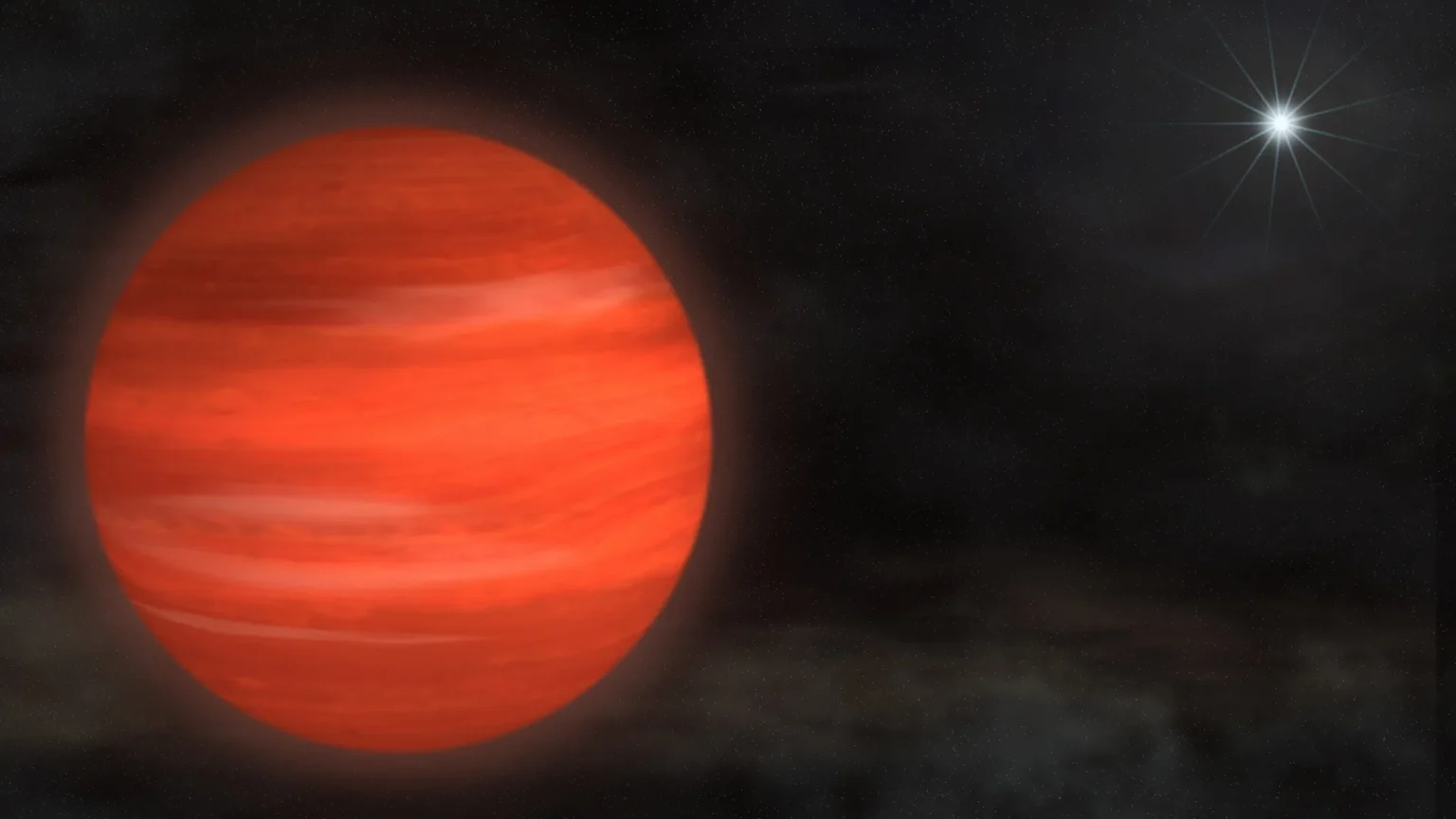An international team of astronomers has discovered exoplanets near two sun-like stars. This is reported in an article published in a recent issue of the journal Astronomy & Astrophysics.
A star system with a mini-Neptune
One of these stars, known as TOI-2141, is located at a distance of 250 light years from Earth. It is almost identical in size to the Sun. At the same time, the star is slightly older and contains fewer heavy elements.

Analysis of the data collected by the TESS telescope revealed periodic decreases in brightness, indicating that it has a companion whose diameter is three times that of the Earth. During further observations made with the SOPHIE spectrograph installed on the 1.93-meter telescope of the Observatoire de Haute Provence, astronomers found that its mass is 24 times greater than the Earth’s. Thus, it is a mini-Neptune.
The exoplanet makes one revolution around its star in 18 days, and its equilibrium surface temperature is estimated at 450 °C. Its density suggests a rocky core and an atmosphere with a lot of water, albeit exclusively in gaseous form due to its high temperature.
A star system with a mini-Neptune and a super-Jupiter
The second star TOI-1736 is located at a distance of 290 light-years from the Earth. It is 15% larger than the Sun and contains slightly more heavy elements. Observations have shown that TOI-1736 is actually a double system: it has a small cold companion star. However, its orbit is quite far away, so it cannot interfere with the two exoplanets that orbit the main star.
The first of these exoplanets is also a mini-Neptune. Its diameter is 2.5 times and its mass is 13 times greater than the Earth’s. The exoplanet makes one revolution around the star in 7 days. Due to this proximity, its atmosphere is heated to a temperature of 800 °C.

The second exoplanet is not transiting, so its diameter is unknown. However, astronomers have managed to determine its mass. It is nine times the mass of Jupiter. The exoplanet makes one revolution around the star in 570 days and its orbit lays in the habitable zone. Of course, since it is a gas giant, it has no solid surface. However, if it has large satellites with atmospheres, water could exist on their surface in liquid form.
According to the researchers, they also found signs of a possible third exoplanet in TOI-1736, which orbits at a greater distance. Therefore, they intend to continue studying this system to confirm its existence.
Based on materials from https://phys.org

